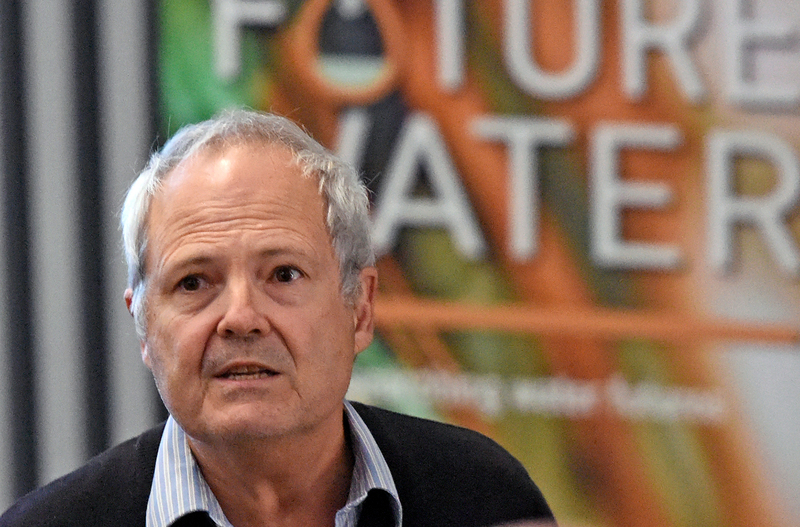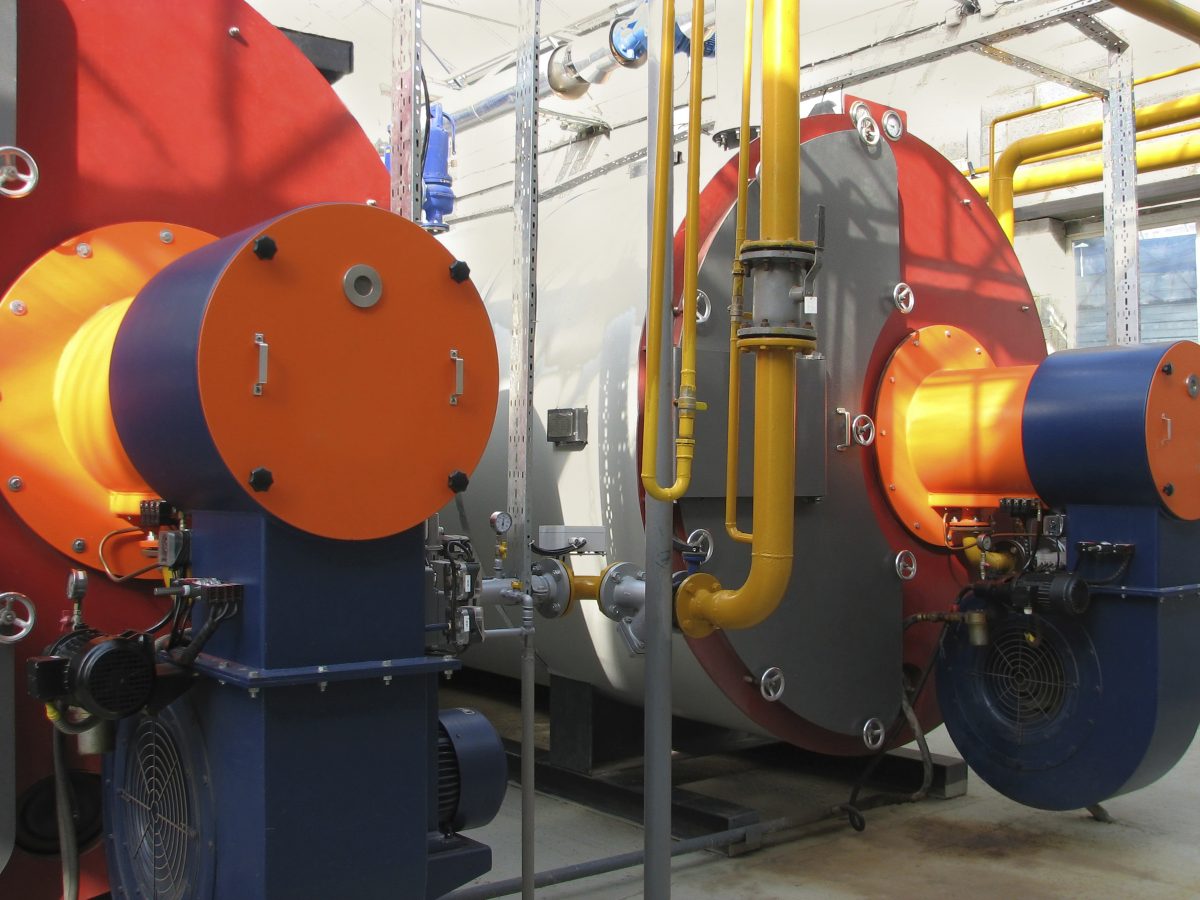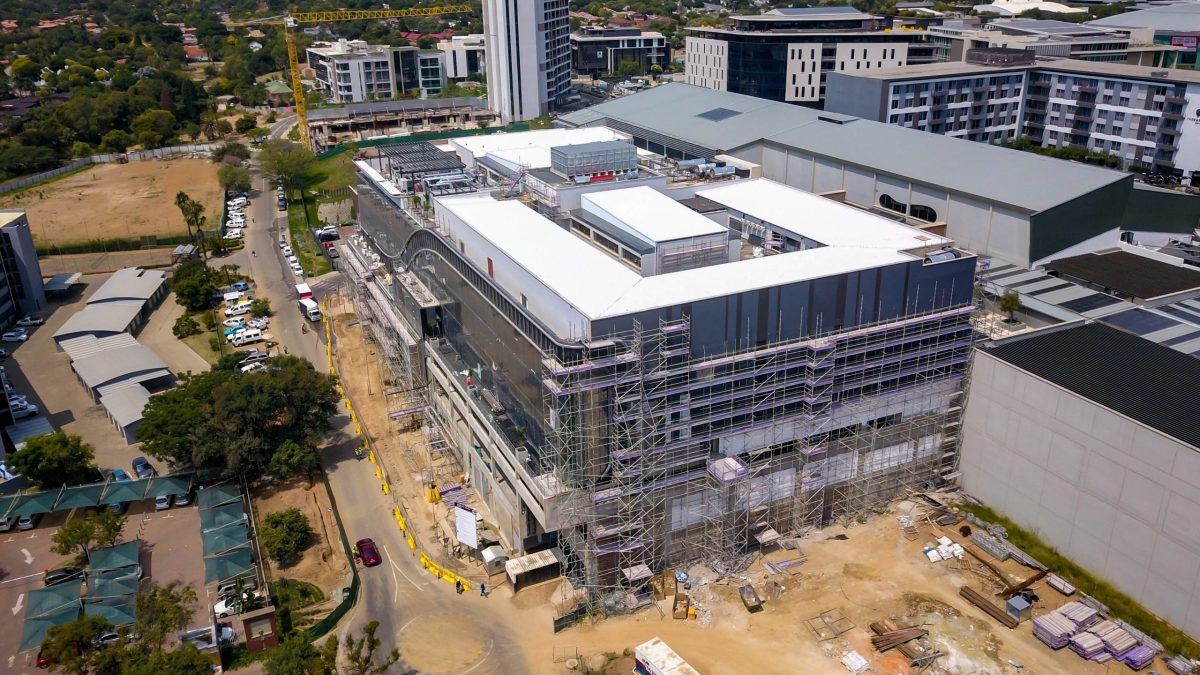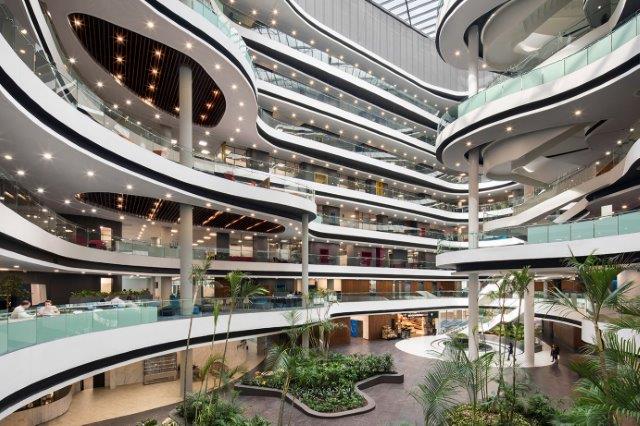
In the
face of unprecedented population growth coupled with rapid urbanisation rates,
South African cities have an increasingly heavy burden of ensuring that all
citizens have access to clean water – a basic human right. With large areas of
the country plagued by drought, this is no easy task.
So, how do we keep water flowing
to and in our cities?
According to Professor Neil
Armitage, deputy director of the University of Cape Town’s (UCT) Future Water
Institute, stormwater is an important resource that is currently being
overlooked and underutilised.
To shed some light on the types
of green infrastructure that could harness the power of stormwater, Armitage
recently hosted a seminar series in seven cities across South Africa, focusing
on permeable interlocking concrete pavements (PICP) and bioretention
cells, or “rain gardens”.
He was joined by Professor Ryan
Winston, from Ohio State University, who shared his extensive knowledge around
the design, operation and maintenance of both PICP and bioretention cells.
With more than 500 professionals
from a wide range of backgrounds – including civil engineers, landscape architects,
government and municipal staff – having signed up for the seminar series, green
infrastructure is clearly a hot topic among urban planners.
Water scarcity in South Africa
South Africa’s population has
increased rapidly from 50 million in 2009 to almost 58 million in 2019.
Despite population growth gradually slowing down, South Africa is an urbanising
population. This means that as the number of people living in our cities
increases, so too does the demand for water.
“The problem with this is (that) when
you’re a rapidly growing population in a country that doesn’t receive much
rain, what happens when it doesn’t rain? Day Zero. This is the destination of
the whole of South Africa if we don’t manage our water resources better,”
Armitage warned.
But how can this be done?
Drawing from the research of
Professor Tony Wong, chief executive of the Cooperative Research Centre for
Water Sensitive Cities, an Australian government initiative, Armitage argued
that instead of roads being the defining factor in modern cities, drainage
systems should instead be viewed as the main integrating element.
In Cape Town for example, when
the city receives normal rainfall, the mean annual run-off (MAR) exceeds
the annual demand for water.
Currently, however, that run-off water
is being wasted as none of it feeds into the city’s water system.
Stormwater as resource
Conventional drainage systems are
designed to reduce flood risk by removing stormwater to streams or rivers, as
rapidly and efficiently as possible – often through the use of concrete pipes
and channels.
Unfortunately, these also raise
flood peaks, increase flood volume, pollute receiving waters and destroy
biodiversity.
Thus conventional drainage
systems are highly problematic and, in many cases, even dangerous to the
overall well-being of a city.
The only way to remedy this
situation, Armitage argued, is for cities to invest in sustainable drainage
systems (SuDS), which attempt to mimic the pre-development situation with
regards to run-off quality, run-off quantity, and protecting biodiversity.
Urban areas need to exchange impervious
hard surfaces with pervious “soft” surfaces such as green roofs, green walls,
rain gardens and infiltration trenches.
Instead of letting stormwater run
off, green cities allow stormwater to seep into the ground, recharge the water
table and filter out pollutants before being received by new sources.
PICP vs bioretention cells
While there are many ways to
harness stormwater more effectively in our cities, Armitage focused on
permeable pavements, and bioretention cells.
From sites across Cape Town and
Johannesburg, Armitage found that PICP was proving to be a less successful than
originally hoped for. Problems include lack of environmental control during
construction and lack of maintenance, leading to blockages and poor water
quality.
As a result, he established the
PICP Working Group in 2018 in an effort to assist in drawing up suitable South
African guidelines and standards for the design, construction and maintenance
of permeable pavements.
The working group has suggested
that alternatives should also be investigated – such as bioretention,
Taking the form of attractively
landscaped depressions, bioretention cells capture stormwater run-off from
impervious surfaces and, as the water filters through layers of earth and soil,
remove harmful pollutants.
Tests conducted at a bioswale in
Kraaifontein outside Cape Town revealed over 90% removal of pollutants such as
heavy metals and phosphorous.
Apart from this clear advantage,
bioretention cells come with the added benefit of providing green spaces in
areas that would once have been covered in concrete.
Learning from Singapore
In Singapore, concrete has been
pulled up in many areas and replaced with parks, wetlands and gardens. Apart
from assisting in creating SuDS, it has also made the city a more pleasant
place.
Perhaps most innovatively,
Singapore’s old harbour, which is too small to receive modern ships, has been
dammed up and turned into a freshwater reservoir. A portion of Singapore’s
water supply is thus sourced from stormwater that has been harvested from the
centre of the city and cleaned up close to source.
Singapore is leading the way as a water-resilient city and offering a glimpse of how future cities across the world could look.fhttps://www.news.uct.ac.za/article/-2019-06-04-green-cities-or-concrete-jungles
More news
- REFRATECHNIK ASIA NEW ASSOCIATE CORPORATE MEMBER OF WCA
- PART 5: SA’S TRADE DILEMMA: A PODCAST DISCUSSION WITH DONALD MACKAY
- STATE-DRIVEN OPPORTUNITIES FOR SA CONSTRUCTION COMPANIES BUT MANAGING RISK IS A PRIORITY
- PART 4: SA’S TRADE DILEMMA: A PODCAST DISCUSSION WITH DONALD MACKAY
- CONCOR KICKS OFF OXFORD PARKS BLOCK 2A PHASE I PROJECT





